The Ultimate Guide: How to Properly Season a Steak Like a Pro
So you bought that beautiful cut of meat — juicy, thick, and just begging to be cooked. But wait! Before you throw it on the grill or into a cast iron skillet, there’s one crucial step that separates amateurs from steak legends: seasoning.
In this article, we’ll take you through the art and science of seasoning a steak like a pro chef, not just a weekend warrior. Whether you’re a spice fanatic or a curious carnivore, this guide is packed with practical tips, flavor science, and a few surprises along the way.
Table of Contents
- Why Seasoning Matters
- The Holy Trinity: Salt, Pepper, and Umami
- Spice Up Your Life: Going Beyond Basic Seasonings
- Timing Is Everything: When to Apply Seasonings
- Rub Techniques That Work (and One You Should Avoid)
- Dry Brines vs Wet Marinades: What's Best?
- Visual Comparison Table: Salts, Peppers & Rubs
- Pro Tips for Mastering Steak Seasoning
Why Seasoning Matters
Seasoning isn’t just about making food taste good — though that’s certainly a big part of it. It’s also about enhancing textures, unlocking flavors, and balancing the natural richness of the meat.
Think of your steak as a blank canvas. Without proper seasoning, it’s just beef — tasty in its own right, sure, but imagine what happens when you add the perfect mix of spices!
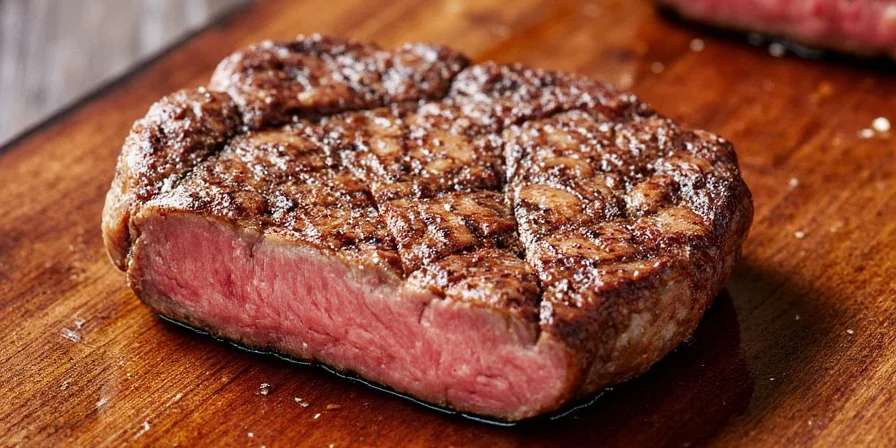
The Holy Trinity: Salt, Pepper, and Umami
You might think salt is the only seasoning you need — but you’d be wrong. While salt is the king of seasoning, pepper is the knight who guards the kingdom, and umami-rich ingredients are the secret weapon hiding in plain sight.
- Salt: Enhances natural flavors, draws out moisture, and helps form that gorgeous crust.
- Pepper: Adds heat, complexity, and depth. Black pepper is the MVP here.
- Umami Boosters: Think garlic powder, onion powder, smoked paprika, Worcestershire sauce, or even a splash of soy sauce.
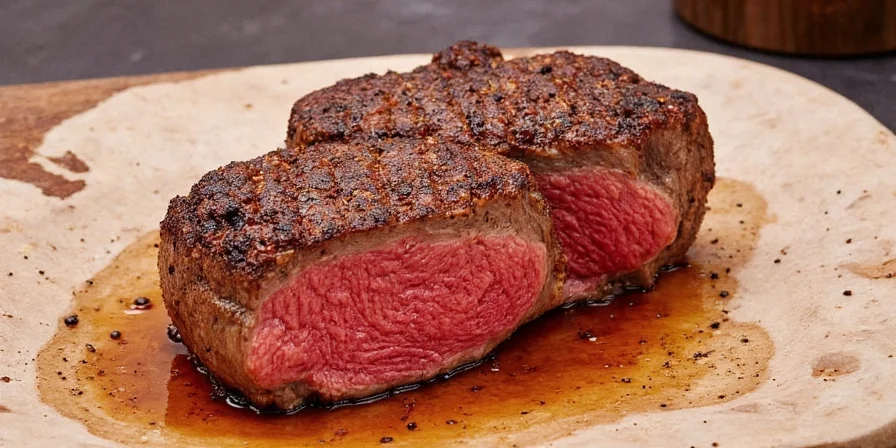
Spice Up Your Life: Going Beyond Basic Seasonings
Want to impress your dinner guests? Or maybe just yourself? Here are some spices that go beyond the basics and bring real flair to your steak:
- Cumin: Adds earthy warmth — perfect for grilled steaks.
- Smoked Paprika: Gives a sweet-smoky note without overpowering the meat.
- Cayenne Pepper: For those who like a little heat under their collar.
- Coriander: Bright and citrusy, great with leaner cuts.
- Fennel Seeds: Crushed fennel adds a unique herbal twist.
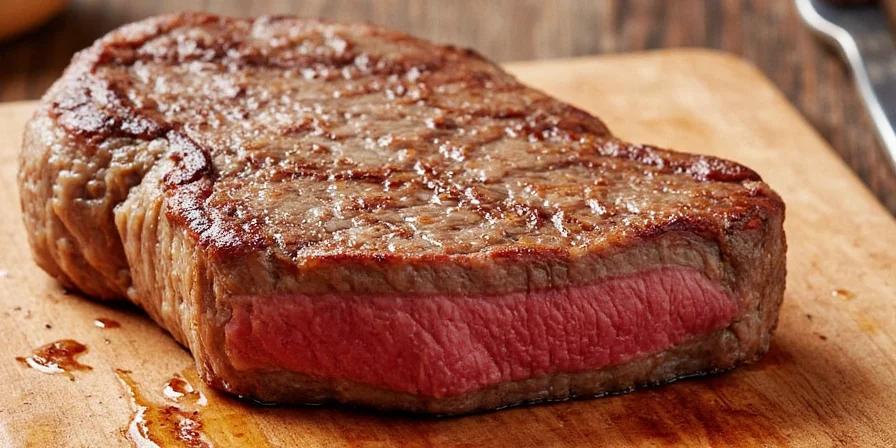
Timing Is Everything: When to Apply Seasonings
Timing is everything in life — and especially when seasoning steak. Let’s break it down:
| Type of Seasoning | Best Time to Apply | Notes |
|---|---|---|
| Salt | At least 40 minutes before cooking (or up to overnight) | Dry brining enhances flavor and texture |
| Freshly Ground Pepper | Right before cooking | Loses potency if left too long |
| Garlic/Onion Powder | Before or during cooking | Adds savory depth |
| Wet Marinades | Up to 24 hours ahead | Avoid acidic marinades for more than 4 hours |
Rub Techniques That Work (and One You Should Avoid)
A good rub can transform your steak from meh to magical. Here’s how to do it right:
- Rub It In: Use your fingers to massage the seasoning into the surface. Make sure all sides get equal love.
- Bake Off the Moisture: If dry-brining, let the steak rest uncovered in the fridge to allow the salt to work its magic.
- Avoid Overcrowding: Don’t pile on so many spices that you lose the flavor of the meat itself.
- Don’t Use Too Much Oil: A light coat helps the spices stick, but too much will make your steak steam instead of sear.

Dry Brines vs Wet Marinades: What's Best?
This is the eternal debate in steak seasoning. Let’s break it down:
- Dry Brine: Salt-only or salt plus spices rubbed on the steak and left to sit. Result? Intense flavor, better crust, and less mess.
- Wet Marinade: Includes oil, acid (like vinegar or citrus), and herbs. Great for tenderizing tougher cuts, but may mask the meat’s natural flavor.
For most high-quality steaks (think ribeye, strip, filet), a dry brine is your best bet. Save the marinades for flank or skirt steaks where you want to infuse flavor AND tenderize the meat.
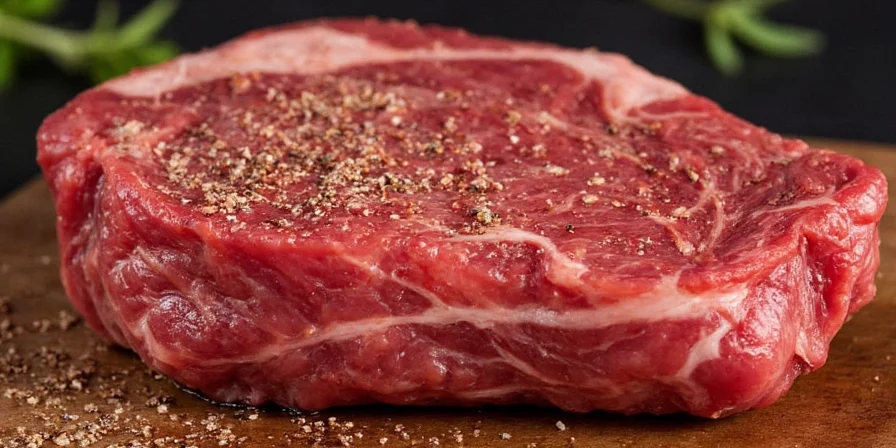
Visual Comparison Table: Salts, Peppers & Rubs
| Seasoning Type | Flavor Profile | Best Used On | Texture Tip |
|---|---|---|---|
| Kosher Salt | Clean, sharp salinity | All cuts | Easier to control portion |
| Sea Salt | Mineral-y, slightly sweet | Finishing touch | Use coarse grains for crunch |
| Black Pepper | Earthy, spicy | Just before cooking | Grind fresh for best aroma |
| Crushed Red Pepper | Fiery kick | Leaner cuts | Add at end for freshness |
| Garlic Powder | Pungent, savory | Mixed in rub | Less bitter than granulated |
Pro Tips for Mastering Steak Seasoning
- Balance is key: Don’t overwhelm the meat. The goal is harmony, not a spice war.
- Taste as you go: Always sample your seasoning before applying it to the whole steak.
- Use quality spices: Freshness matters. Spices degrade over time — store them in cool, dark places.
- Experiment: Try different blends like Montreal steak seasoning or DIY mixes with smoked paprika, thyme, and chili flakes.
- Rest after seasoning: Letting the meat rest post-rub helps the flavors penetrate deeper.
- Don’t forget the edges: Season all sides — including the fatty cap and edges — for a truly flavorful experience.

Conclusion
Seasoning a steak might seem simple, but it’s an art form rooted in science, timing, and a dash of creativity. Whether you’re a die-hard salt purist or a flavor-hunting adventurer, understanding the role of each ingredient can elevate your grilling game forever.
So next time you fire up the grill or sear that perfect ribeye, remember: the right seasoning isn’t just about making your steak taste good — it’s about honoring the meat and bringing out its full potential.
Now go forth, season boldly, and enjoy every bite!
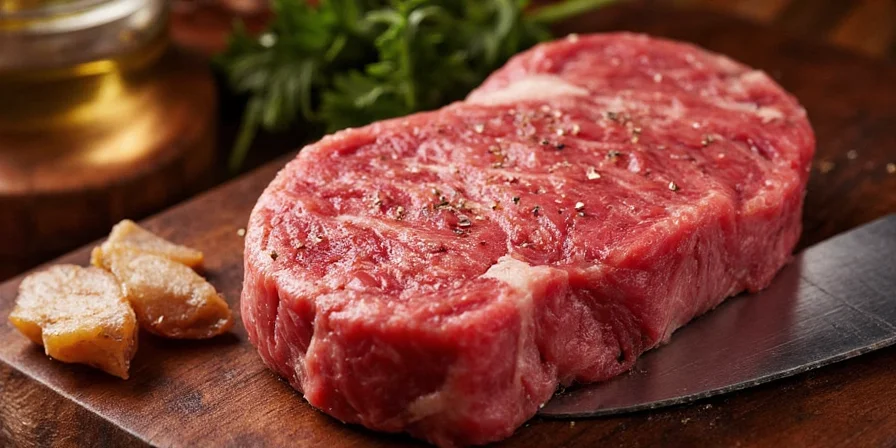
Final Word of Wisdom
If you're looking to impress someone with your culinary skills, mastering the art of seasoning is your golden ticket. It doesn't require fancy tools or rare ingredients — just knowledge, a bit of patience, and a willingness to experiment.

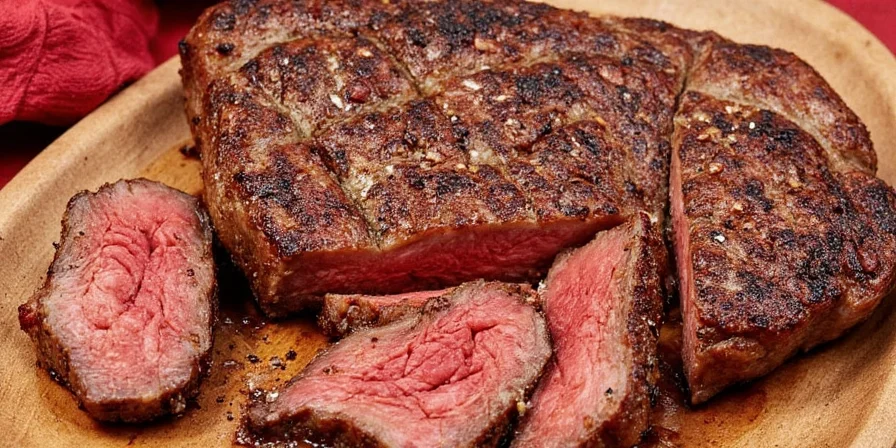









 浙公网安备
33010002000092号
浙公网安备
33010002000092号 浙B2-20120091-4
浙B2-20120091-4